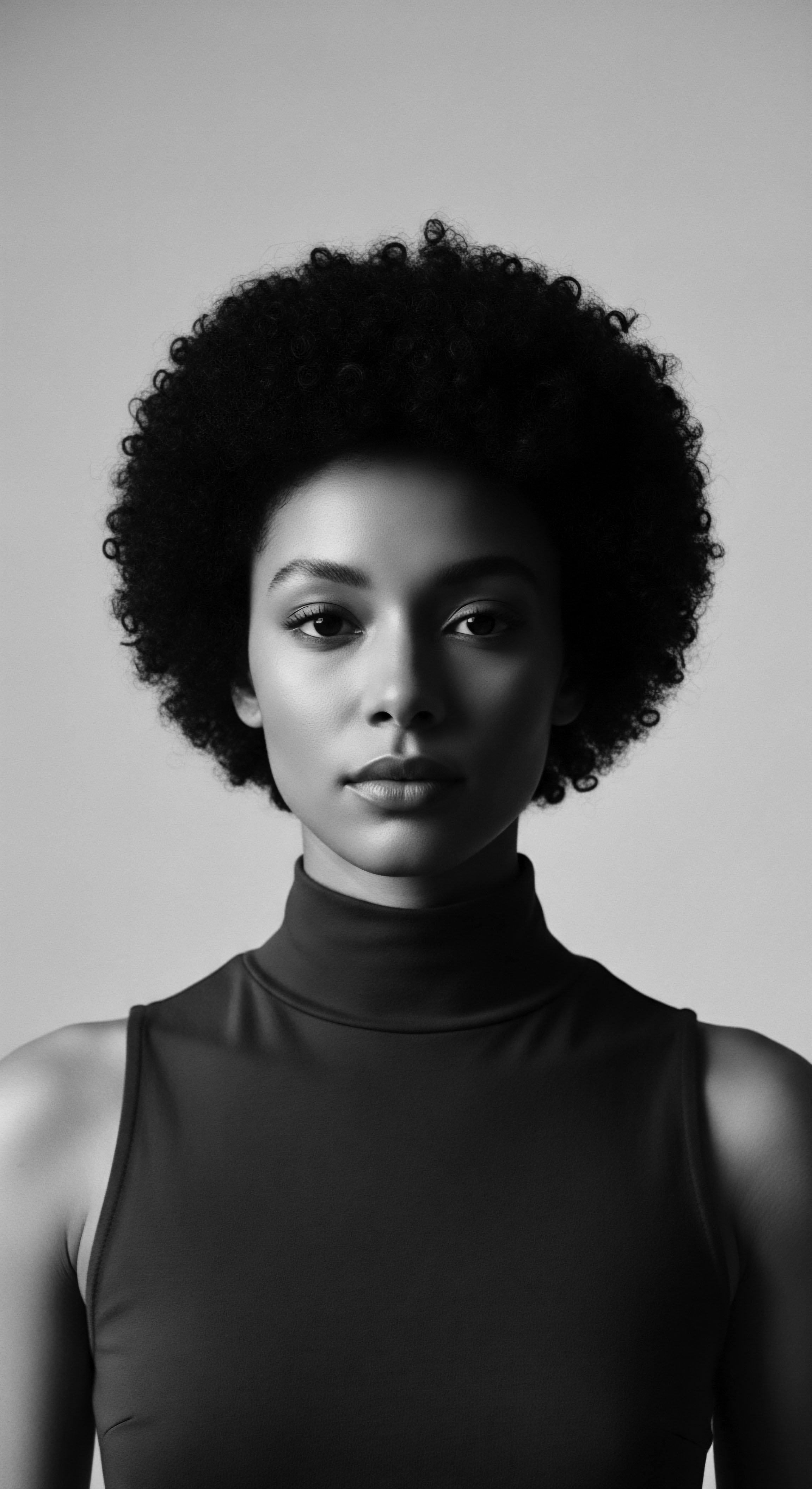
What is the biological reason textured hair requires special care?
Textured hair's distinct biology, shaped by heritage, with elliptical follicles and uneven cuticles, necessitates specific, moisture-focused care.

What structural aspects of textured hair affect moisture retention?
Textured hair’s unique coiled structure and cuticle configuration inherently influence its moisture retention, a reality understood and addressed through ancestral practices for generations.

How does the structure of textured hair affect oil absorption?
Textured hair’s unique coil and cuticle patterns determine oil absorption, a reality addressed by ancestral practices and modern understanding.

How does textured hair porosity influence moisture retention?
Textured hair porosity, an inherited trait influenced by ancestral practices, dictates how strands absorb and retain moisture, profoundly shaping historical and contemporary care.

What is the biological reason for textured hair’s moisture needs?
Textured hair’s unique coiled shape and lifted cuticle scales hinder natural oil distribution, increasing moisture loss, a biological reality honored through ancestral care.
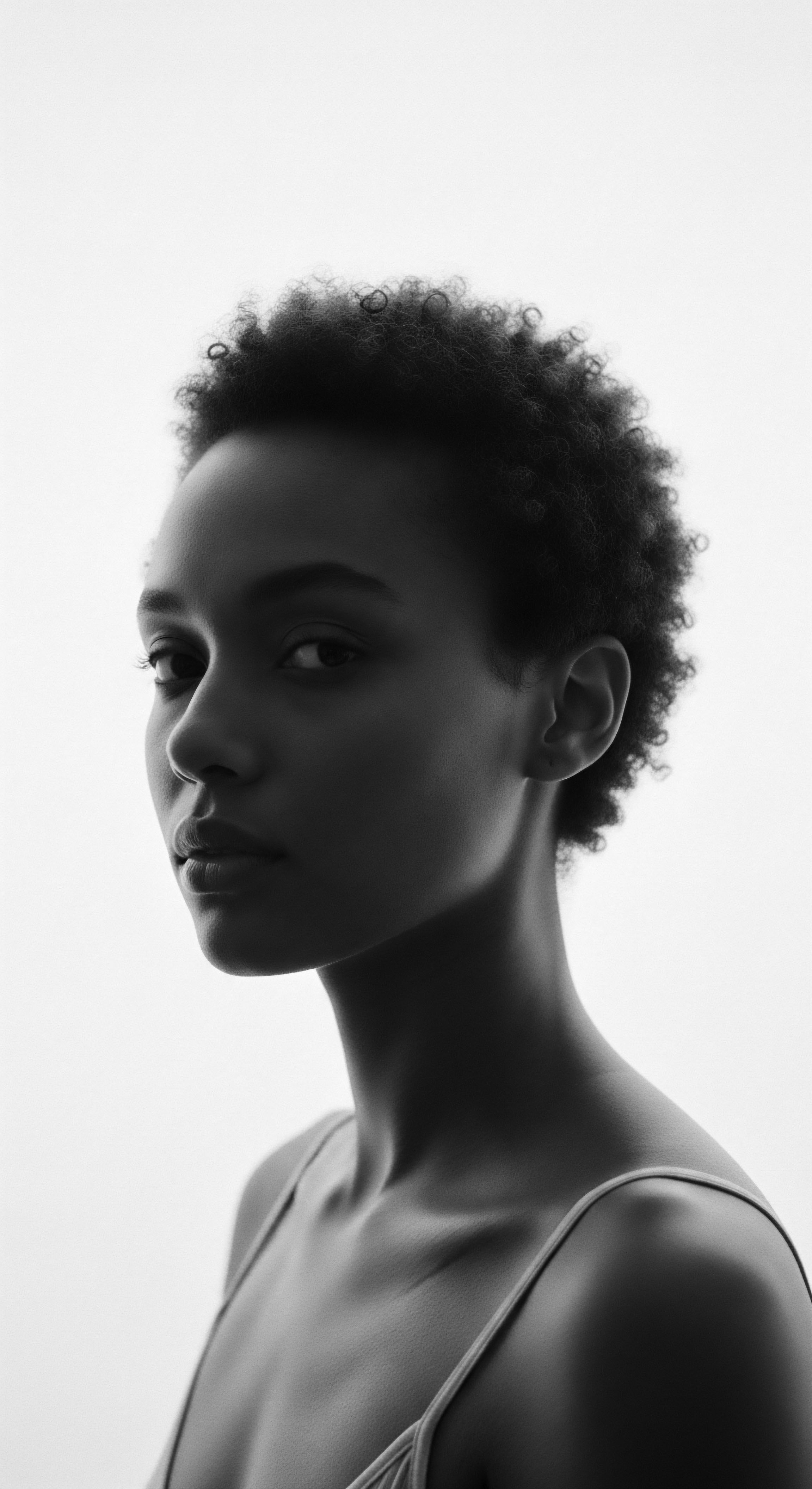
How does textured hair’s structure lead to dryness?
Textured hair's distinct curl pattern hinders natural oil distribution, and its lifted cuticle allows moisture to escape, necessitating heritage-rooted care.

How do textured hair genetics affect moisture absorption and retention?
Textured hair's genetic makeup, particularly its elliptical follicle and cuticle structure, profoundly dictates its unique moisture dynamics, echoing ancestral care.

What scientific factors contribute to textured hair’s unique characteristics?
Textured hair’s unique traits stem from elliptical follicles, specific protein bonds, and inherent moisture dynamics, all rooted in ancestral heritage.

What biological features define textured hair’s historical care needs?
Textured hair’s unique coiled biology necessitated ancestral care focused on moisture, protection, and gentle handling.
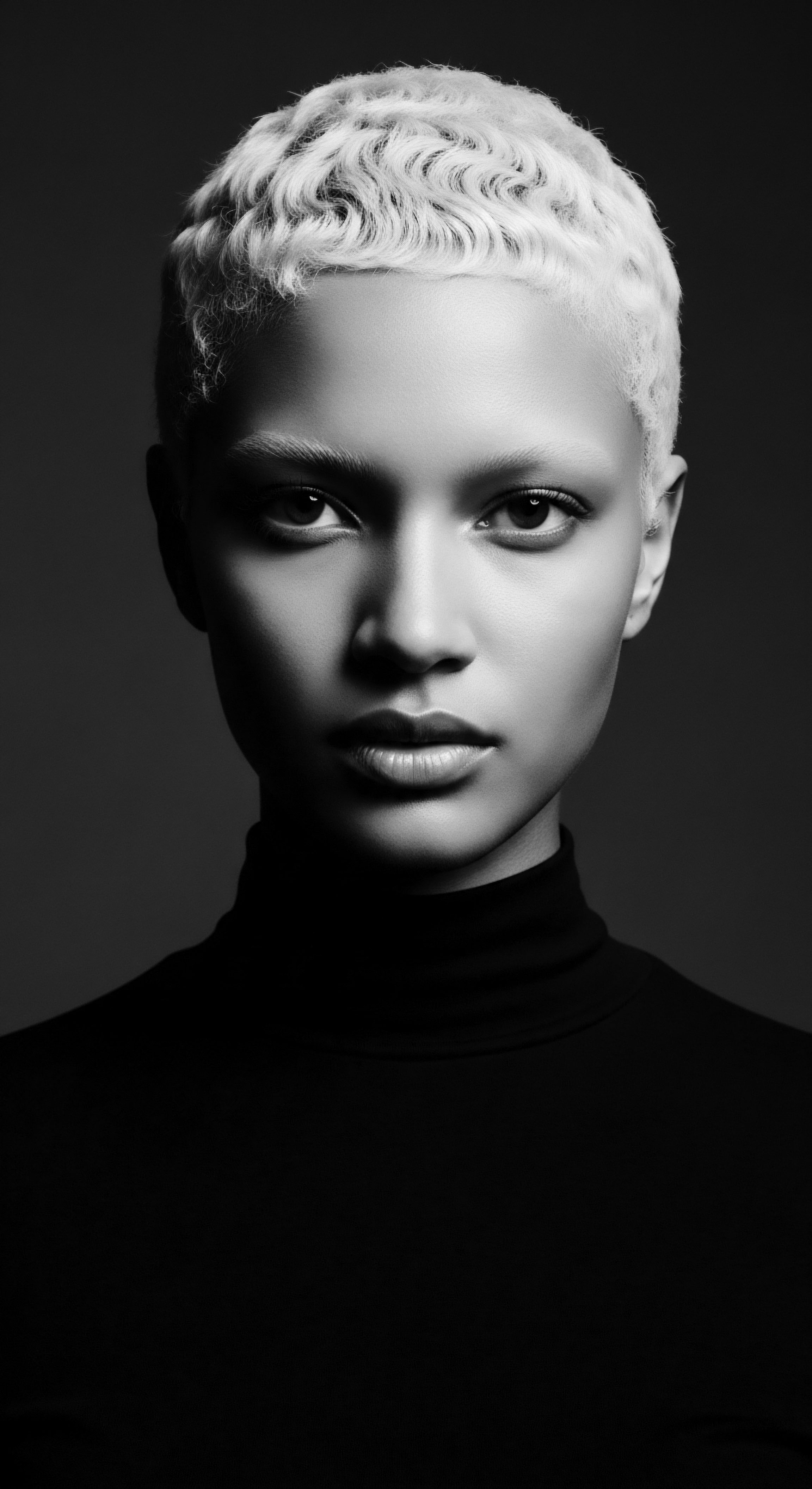
What biological features give textured hair its unique patterns?
Textured hair patterns stem from elliptical follicles, unique keratin bonds, and cuticle structures, deeply connected to a rich ancestral heritage.

What is the biological reason for textured hair’s dryness?
Textured hair’s unique biological structure, characterized by lifted cuticles and coiled shafts, challenges moisture retention, a reality long addressed by ancestral practices.

Water Porosity
Meaning ❉ Water porosity describes hair's ability to absorb and retain moisture, shaped by cuticle integrity and vital for textured hair care.

Does hair porosity differ by heritage?
Hair porosity often aligns with inherited textured hair structures, influencing moisture absorption and shaping ancestral care traditions.

What is the biological basis of textured hair porosity?
Textured hair porosity is rooted in cuticle integrity, lipid content, and follicle shape, profoundly shaped by heritage.

What is the scientific reason for textured hair’s dryness?
Textured hair's unique elliptical shape and raised cuticle layers, combined with disordered lipids, allow moisture to escape, a challenge addressed by ancestral care.

How is textured hair anatomy unique?
Textured hair’s unique anatomy, from its curved follicles to elliptical shafts, profoundly shapes its heritage, care, and cultural significance.

What is the biological reason textured hair requires more moisture?
Textured hair's coiled structure, elliptical follicle, and impeded sebum distribution biologically necessitate more moisture, a need deeply understood and addressed by ancestral heritage.

How does hair morphology affect moisture?
Textured hair's unique elliptical morphology and raised cuticles significantly influence its moisture absorption and retention, a dynamic understood through generations.
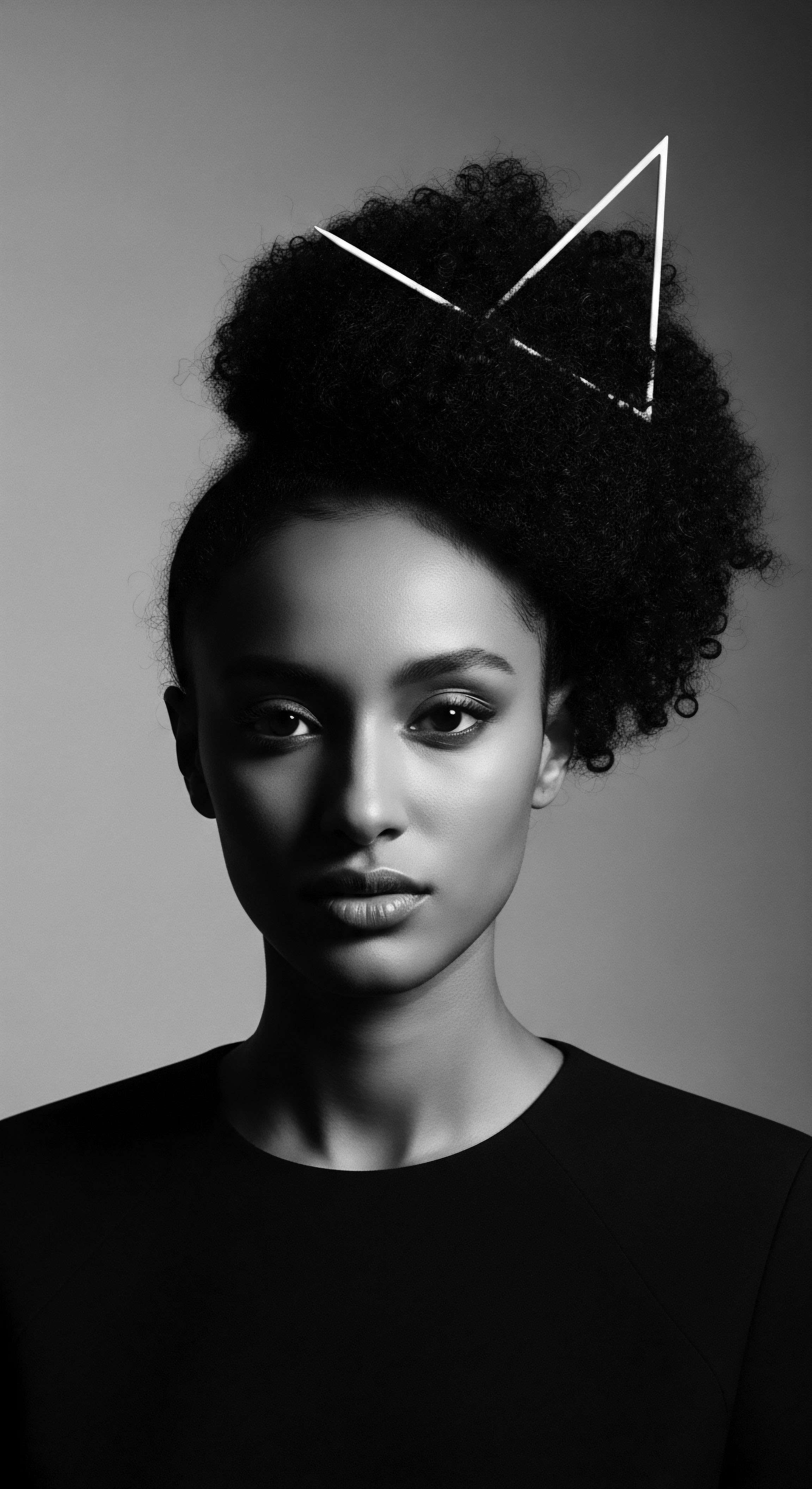
Hair Components
Meaning ❉ Hair Components refer to the structural and chemical elements of hair, intrinsically linked to the unique characteristics and rich heritage of textured hair.

How does hair morphology impact textured hair care?
Hair morphology dictates textured hair care, with its helical structure influencing moisture, fragility, and shaping ancestral practices.
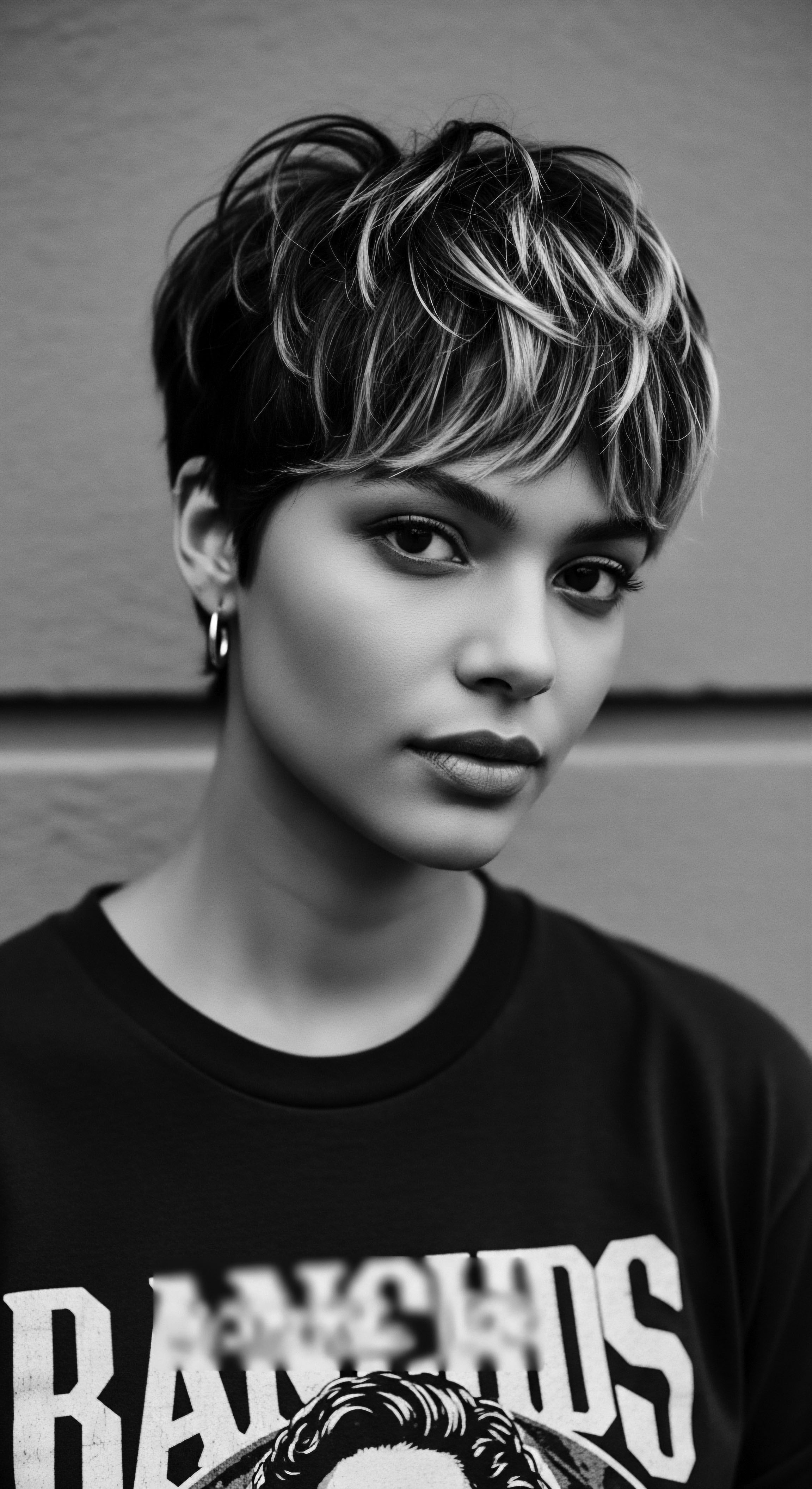
What is the microscopic basis for textured hair’s moisture loss?
Textured hair's elliptical shape and lifted cuticle scales create pathways for moisture to escape, a biological reality long addressed by ancestral care practices.

Does hair porosity differ across ancestral lineages?
Hair porosity often varies across ancestral lineages, reflecting unique structural adaptations and informing diverse heritage care practices.

What is the biological reason for textured hair’s dryness?
Textured hair's dryness stems from its coiled structure, impeding natural oil distribution and elevating cuticle scales, a biological reality addressed by centuries of heritage care.

Cuticle Structure
Meaning ❉ The Cuticle Structure, the hair's outermost protective layer, embodies ancestral wisdom and cultural significance in textured hair heritage.

What specific hair properties make night protection essential for textured hair?
Textured hair's coily shape, lifted cuticles, and porosity make night protection vital, a wisdom inherited through generations of care.

What biological distinctions cause textured hair’s moisture needs?
Textured hair's unique follicular shape and cuticle structure cause its inherent moisture needs, deeply rooted in ancestral care traditions.

